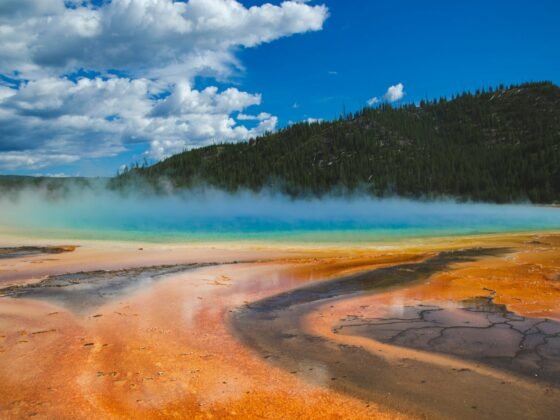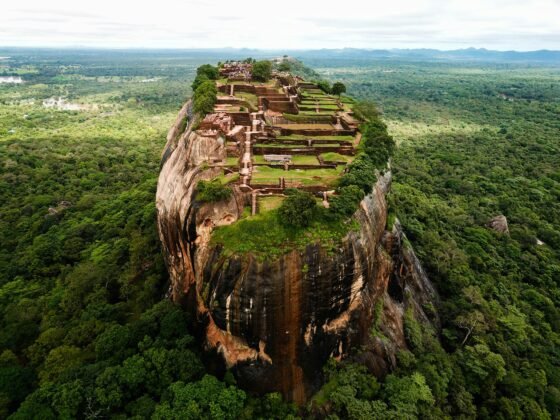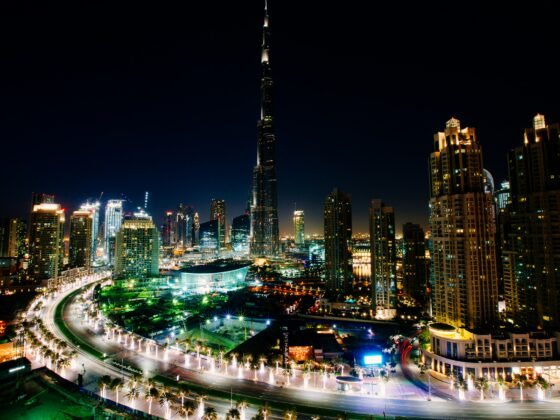We’ve already enjoyed a small taste of Rio’s vibrant colour and culture at the recent Olympic closing ceremony. Rio will stay firmly in the spotlight over the next four years until Rio hosts the 2016 Olympics.
It’s easy to forget that Rio de Janeiro isn’t actually the capital of Brazil, but the city that’s nicknamed The Marvelous City, aka Cidade Maravilhosa, has more than enough going on 24/7 to keep travellers entertained.
Hang out on Copacabana and Ipanema Beaches
If you were asked to name the two most famous beaches in the world you probably wouldn’t hesitate to name Copacabana and Ipanema!
Copacabana is an eclectic bairro, or district containing chic boutiques, restaurants and nightclubs (although The Copacabana nightclub is actually in New York). One of the biggest nights for this district is New Year’s Eve. People come from all over the world to spend New Year’s Eve at the Copacabana beach, with an average of two million people ringing in the New Year here from across Brazil and the world.
Of all the neighbourhoods in Rio, Copacabana is the one with the most hotels, making it the best choice for travelers. The main attraction of the Copacabana is the Cariocas, which is a cultural dance performed by the natives. Those who perform the dance generally wear white during this activity because the colour white symbolizes good luck and peace. There are also many fireworks festivals that take place here, as well as public events that feature live music.
Copacabana is located in the Zona Sul (South Zone) and the beach stretches over 4km from Posto Dois to Posto Seis, which also features the Fort Copacabana, which was built in 1914. International hotels chains, restaurants, buzzing bars and lively nightclubs are dotted along the promenade. Millions hit the beach to celebrate New Years in huge style and the beach has also hosted the FIFA Beach Soccer World Cup.
Ipanema Beach is known throughout Rio as being a trend setter and is famously elegant. This beach was the first one in Brazil where a pregnant woman was seen in a bikini. That woman was Leila Diniz, who is a prominent actress in Brazilian culture. Bikinis have always been an important part of Ipanema because during the 1970s, fashion model Rose de Primo frequently wore tangas in public. A tanga is a tiny bikini that became a national trend because of Rose. During the 1980s, topless bikinis became popular because of a Brazilian soap opera that revealed the women of Ipanema did not want to keep their tan lines. This fad came to an end due to those that loved having tan lines.
Ipanema is also an incredibly social location with friends and family hanging out drinking beer and cachaça, a local sugarcane alcoholic beverage. Friends meet up to play beach football, volleyball, and footvolley, a curious combination of the 2 sports.
Incidentally if you were curious, The Girl from Ipanema song is from 1962 originally with Portuguese lyrics and has been covered by many artists. The song was inspired by a local girl who used to frequent the neighbourhood.
Experience Rio Carnaval
The Rio Carnaval has been declared the most elaborate carnival in the world. As a result, Rio is known as the Carnival Capital of the World. This popular event is attended every year by an average of 500,000 visitors from all over the world. This does not count locals that attend Rio Carnival every year as well. Taking place 40 days prior to Easter, this carnival lasts four days, running from a Saturday in February until Fat Tuesday. The carnival is seen as a way for people to enjoy themselves before Lent.
Climb Sugar Loaf Mountain
Spectacular Sugar Loaf Mountain (Pão de Açúcar) is found next to the mouth of the Guanabara Bay on the Atlantic Ocean and about 5 miles away from Copacabana beach. Standing at 395 m (1,296 feet) tall the mountain got its name because it is shaped like a typical loaf sugar and the name came about during the 16th century. Sugar Loaf Mountain was named by the Portuguese because during the 16th century, the sugar cane trade was at its peak in Brazil. Many visitors to Rio enjoy watching rock climbers ascending up the mountain. Sugarloaf has four routes: Italianos, Stop Chimney, Lagartao and Ibis.
Pão de Açúcar is actually two mountains and probably Brazil’s most famous landmark and travellers can take an aerial tramway right to the top. Hikers can also tackle the unsigned trail leading to the peak for a small fee. The sunset is also pretty spectacular viewed from atop the mountain.
Cristo Redentor and Corcovado Mountain
Located at the top of the Corcovado Mountain is the Cristo Redentor (Christ The Redeemer) monument. The idea for this religious statue came about in 1921 when Carlos Oswaldo drew Christ with a cross in his hand. An engineer was then chosen to build this monument and, in conjunction with a sculptor, changed the design to what it is today. Christ The Redeemer was then created in France. It took five years to build this monument and it was revealed to the world on October 12, 1931. Many visitors to Rio make it a point to travel to the top of the mountain.
Take the funicular train up the Corcovado Mountain from Cosme Velho, but beware; the queues can be lengthy at peak times. Again adventurous walkers and hikers can ascend from Parque Lage following a fairly demanding route up. The Corcovado peak is 704 m (2,310 feet) tall.
The Cristo Redentor statue is biggest Art Deco statue on earth and is also the fifth biggest statue of Jesus Christ in the world. If you fancy the walk you can take the steps to up close to Christ or there are elevators and escalators.
The Culture of Rio
Rio is a very cultural location where sports, food and music are a big part of the entertainment provided to both visitors and locals. Sports that are popular in Rio include surfing, beach volleyball and soccer. Anyone that goes to the beach in Rio is likely to encounter a beach vendor who is well known for selling fresh slices of pineapple on the beach. He often yells the Brazilian word for pineapple (“AAAAAbacaxi”), which he happily gives free samples of. It’s well worth using a local specialist operator to guide you to the best places to hang out for an authentic Brazilian experence.
Rio’s Buildings
Art Deco architecture is a strong feature throughout Rio with the most famous example being the Christ The Redeemer statue of course. In addition travellers can visit the Palácio Guanabara, the former palace to the Imperial Princess, the former presidential palace Palácio do Catete and the Rio City Hall, Câmara Municipal. Visit the City Theater, Teatro Municipal, which was inspired by the Paris Opéra House and explore the colonial architecture of the Old imperial Palace, Paço Imperial which was built in 1743. In fact Rio is bursting with ancient churches, palaces and civic buildings.
Museums in Rio
Need respite from the sun or rain? Then check out one of Rio’s fine museums such as the National Museum of History which charts Brazilian history from the colonial to imperial period. Art buffs will enjoy the Museum of Modern Art and Museum of Fine Arts both located in downtown Rio. It’s said that there’s a museum for all tastes in Rio and this is evident with the Train Museum, Aerospace Museum and the Navy Museum.











